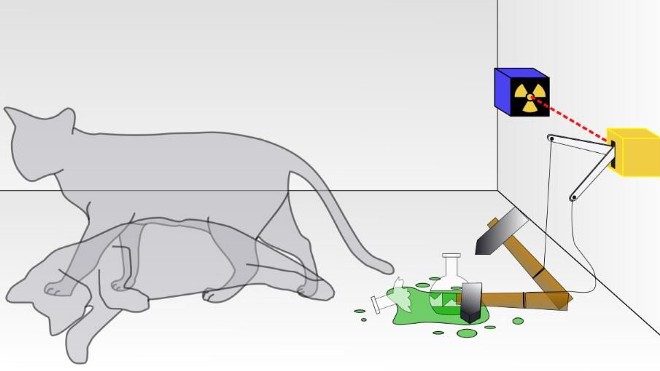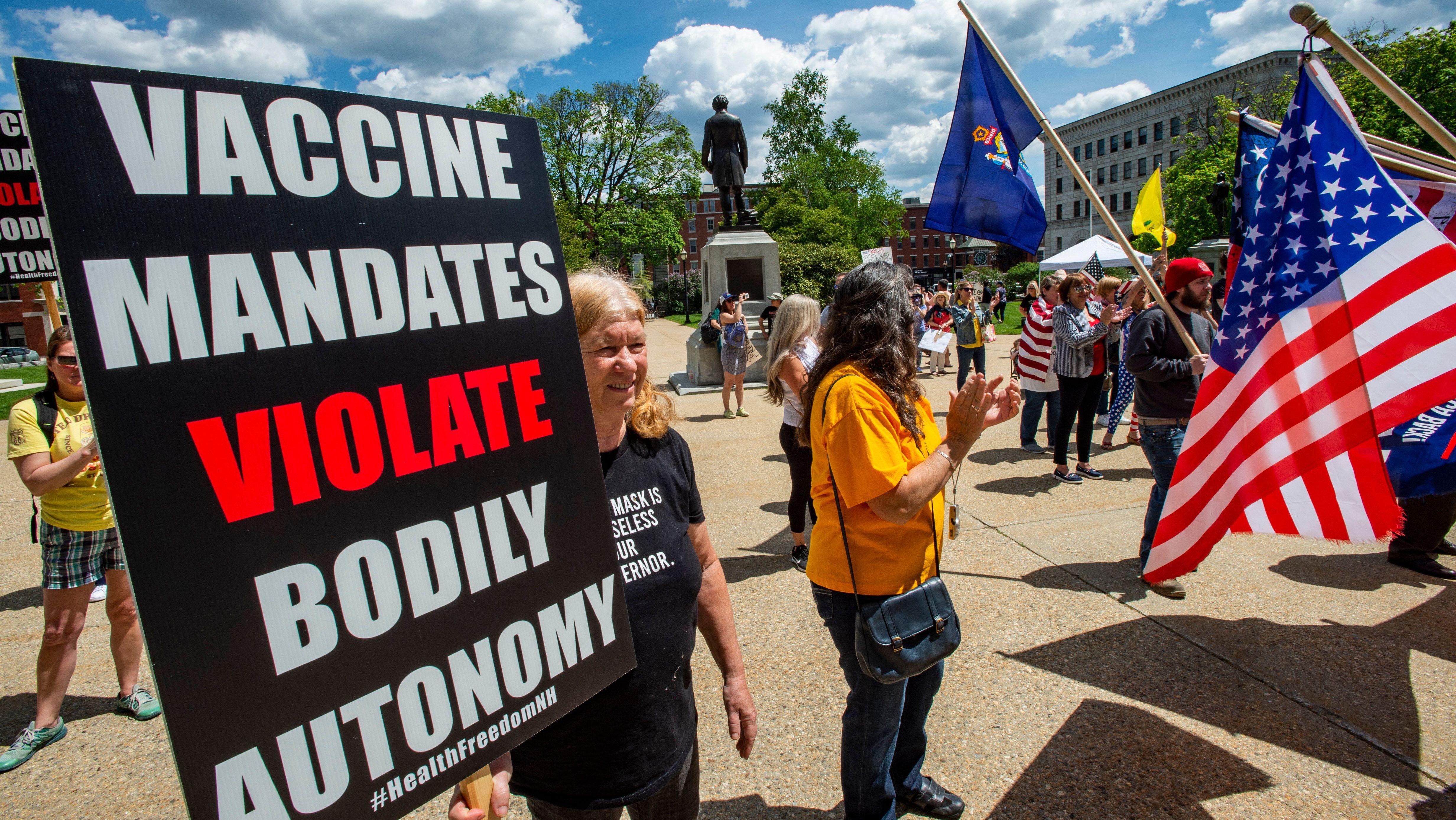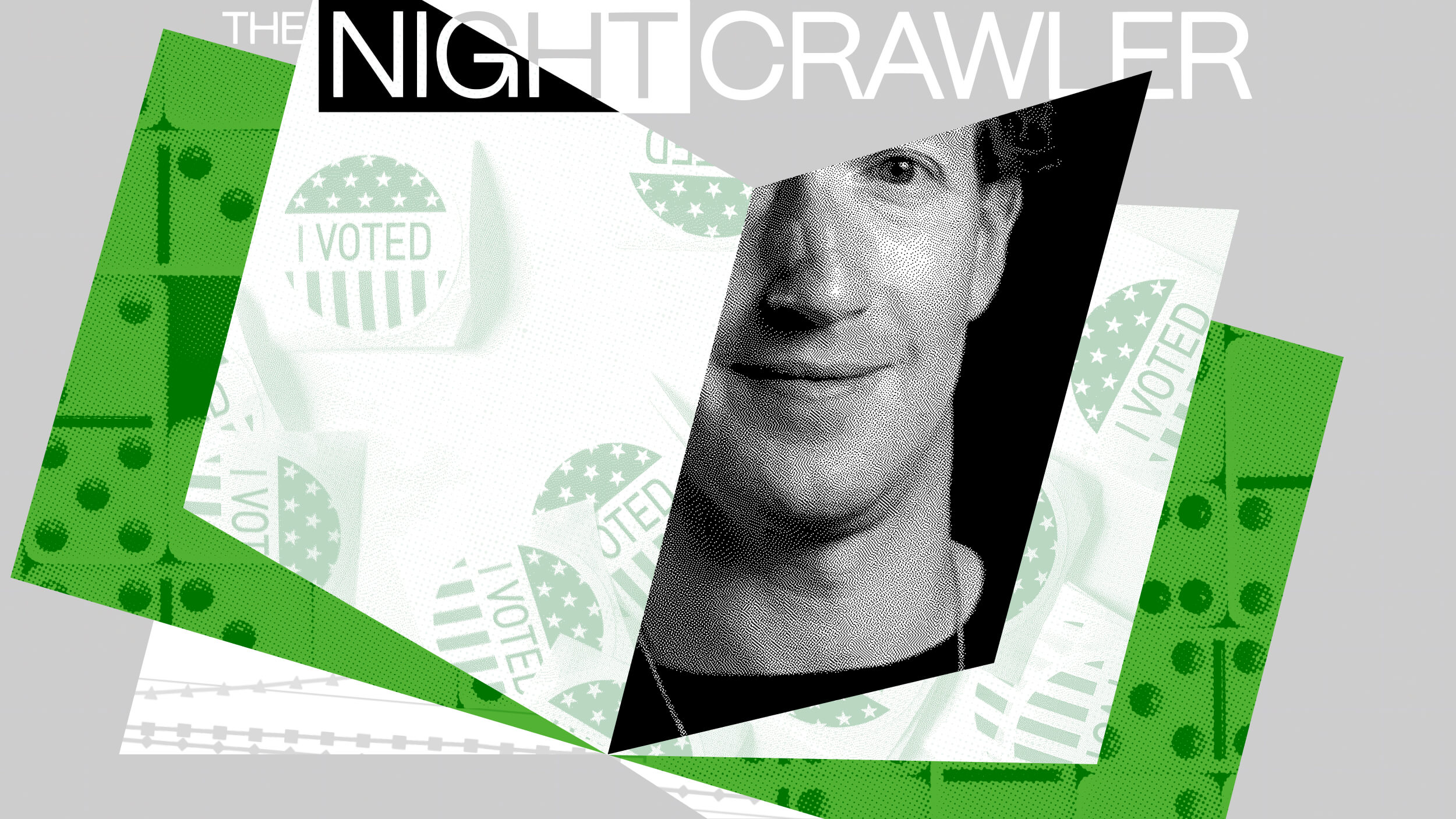Know your constituents before diving in, says Lisa Witter.
Question: What’s the key to grassroots mobilization?
Lisa Witter: Well anyone who wants to change the world, the first question you have to ask is what’s your goal and who’s your target audience and so the very first thing I would want them to think about is, you know, for the vast majority of causes it’s women who are really the ones driving the social change and now that we know through cognitive science that men and women are different, we’re really different and this has been a big hurdle for people to overcome because somehow admitting that women are different than men, somehow means to some people that we’re not equal and I think this wave of feminism, the one I’m in, third wave can recognize that you can be different and equal, that’s the next, you know, big feminist frontier. So first you have to recognize that for the vast majority of our work, women are the target audience, that’s not to mean that you exclude men but in marketing, there’s this principle called “The Long List Principle” and women are much choosier shoppers, we’re the tougher customer. So we may have a list of 12 things we really care about, and you just think about if you’re walking through the aisle of the grocery store, it’s women reading the back labels of the soup cans, we’re really detail oriented, we’re really sort of tougher customers to get. Men usually have very specific things they’re looking for, so if you can reach the women’s 12 things, you can also get the men’s 3 things that they care about, so it’s actually, you know, if you hit the she spot, people have asked me “What’s the she spot?” and I say it’s women’s heart and head, where typically women think of it-- when you think of women you think of their hearts like we’re soft and we’re mushy and we only care about that but it’s also, it’s our heart and head, we really put those things together. But if you hit the she spot, you can hit the he spot too, you know, and I think that’s really important. There are four major principles in connecting with women, one is care, women are deep with empathy, we tend to really care about the things that we’re involved in and to care about the planet. So when you communicate with women it’s important to tell real life stories, you know, when you watch Home Depot ads it’s about, you know, Jane Smith from Houston and how she’s building a new kitchen or a baby’s room. So tell real life stories, use humor, really, really important when connecting with women, use optimism, you know, you wanna communicate “I think I can” versus “The sky is falling” you know, think the little engine that could versus chicken little. That’s really important but don’t forget to leave out the details, women really wanna know the details of things. Some people will go with a really good story but then they won’t back it up with the details around the policy, so women are actually really looking for that. The second C is connect, women really want to connect to an issue, they really wanna connect to each other and so when you connect women to each other around a cause, you actually strengthen your brand. Corporations completely understand that, think of Avon for example, it was about, you know, connecting women through parties or Tupperware, they would connect women through parties so organizations who connect women to each other, totally strengthen their brand and this is what, you know, Hillary Clinton is doing and Barack Obama is doing is creating sort of these women groups, that’s really, really powerful. The next is cultivate, when it comes to raising money for an organization, a lot of people are like oh it’s men who write the big checks and while it’s true that a man will write a big check faster, it takes women a little bit longer to make a commitment but once they’re committed, they’re gonna stick with it to the long haul. So make sure that you think of a long term sort of fundraising or an advocacy strategy with women, that’s super, super important and women are twice as likely to pass on information as men. So you want women in your ranks because they’re gonna be instant sort of promoters of your cause and then the last C is control and this is really important, you know, women are-- we tend to be busier than men because by the time-- it’s interesting, by the time we’re 40 years old, 80% of us will have children, which means that most of us are taking care of kids and having a career. Some people aren’t, some people are doing it a little bit differently and even some of us are taking care of our parents and so we’re living pretty busy crazy lives but the last thing you wanna do is show her that she’s busy. Like she knows that she’s busy, you don’t have to remind her how busy she is but what you wanna do is provide her opportunities to get involved in your cause that creates a two for one. For example you want her to get involved in protecting the environment, why not give her a card that has all the different types of fish you can buy that don’t have mercury in it, so she can put in her wallet or why not allow her to buy a gift for someone on their birthday or for Christmas that also is a donation to your organization. Why not allow her to go online and get a shopping bag, a renewable shopping bag and then at the same time donate $5 to, you know, save the salmon. You need to think about ways to engage women that can get them involved that fits into their time schedule. Give women opportunities to do things with their children, online games, fairs, you know, they’re coming to their activism and their political work as full human beings so you wanna bring the family into that too.





